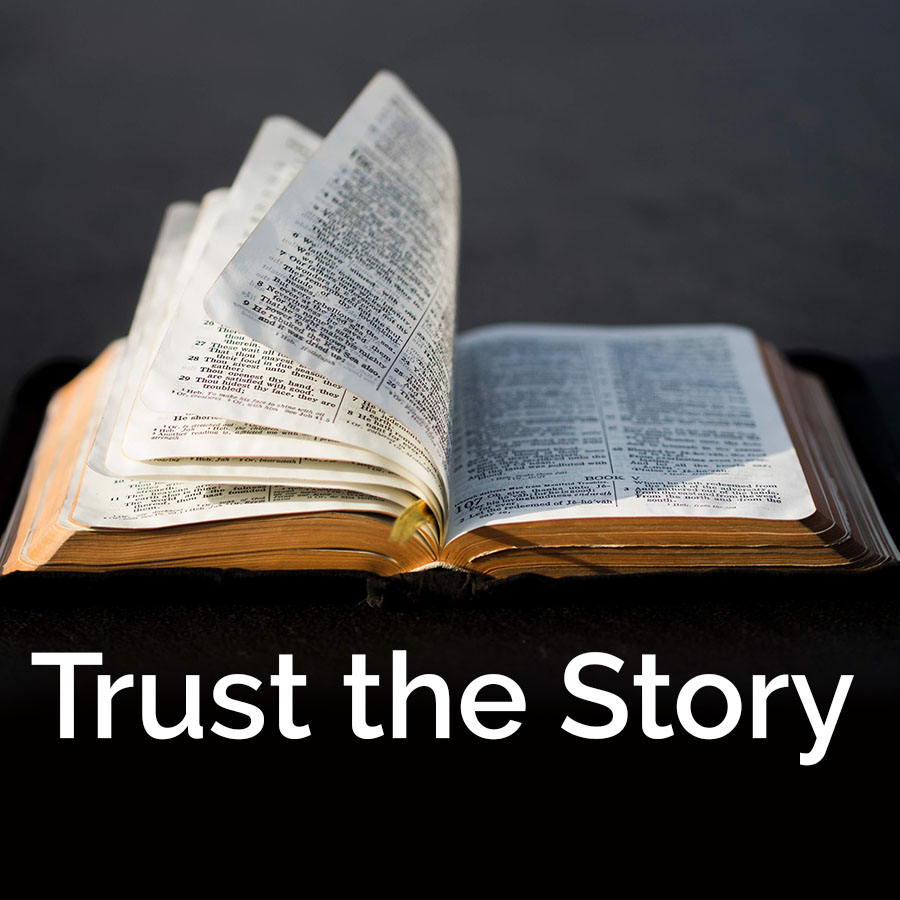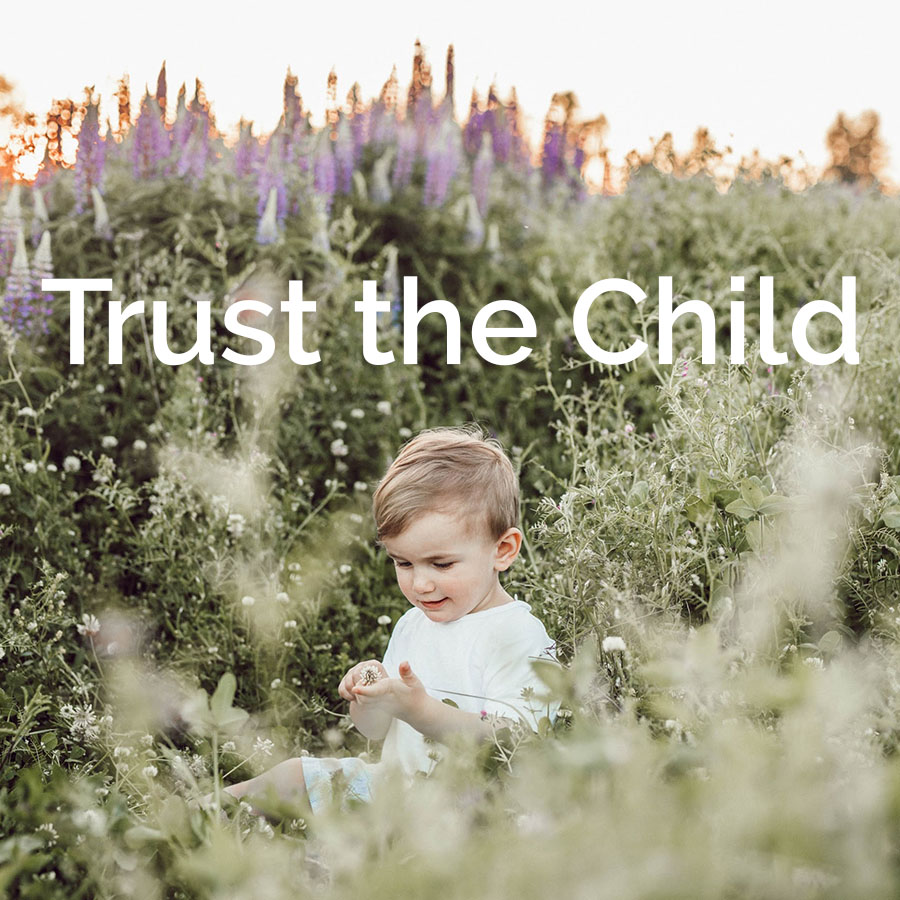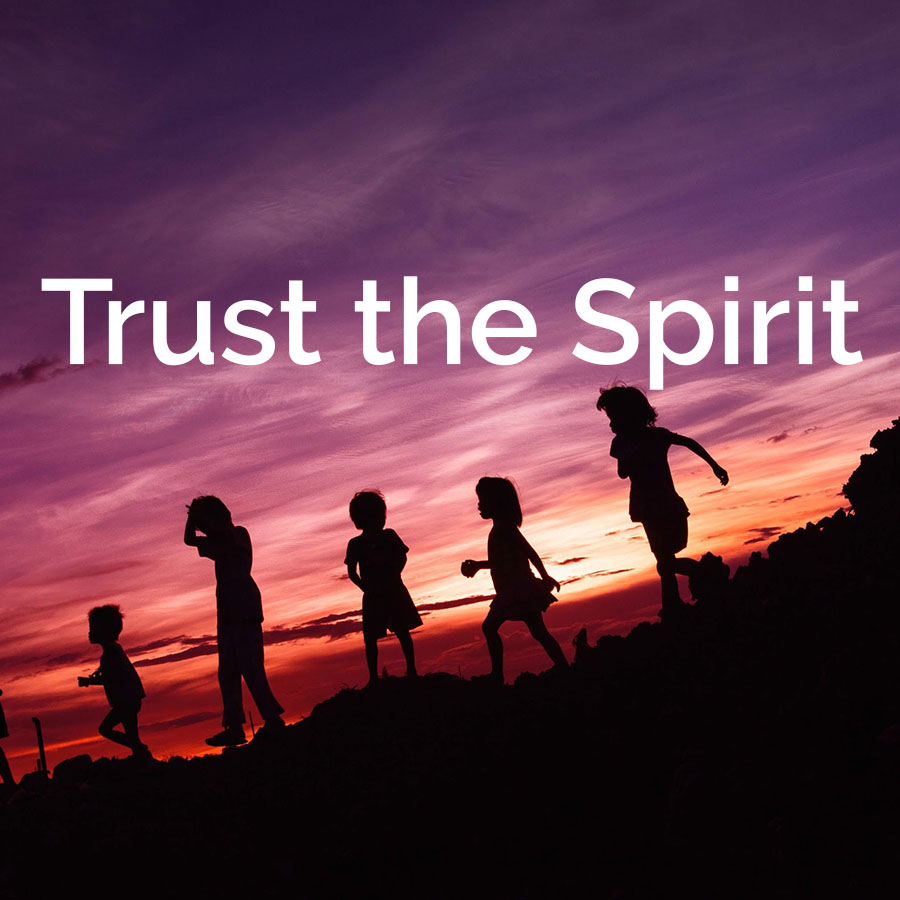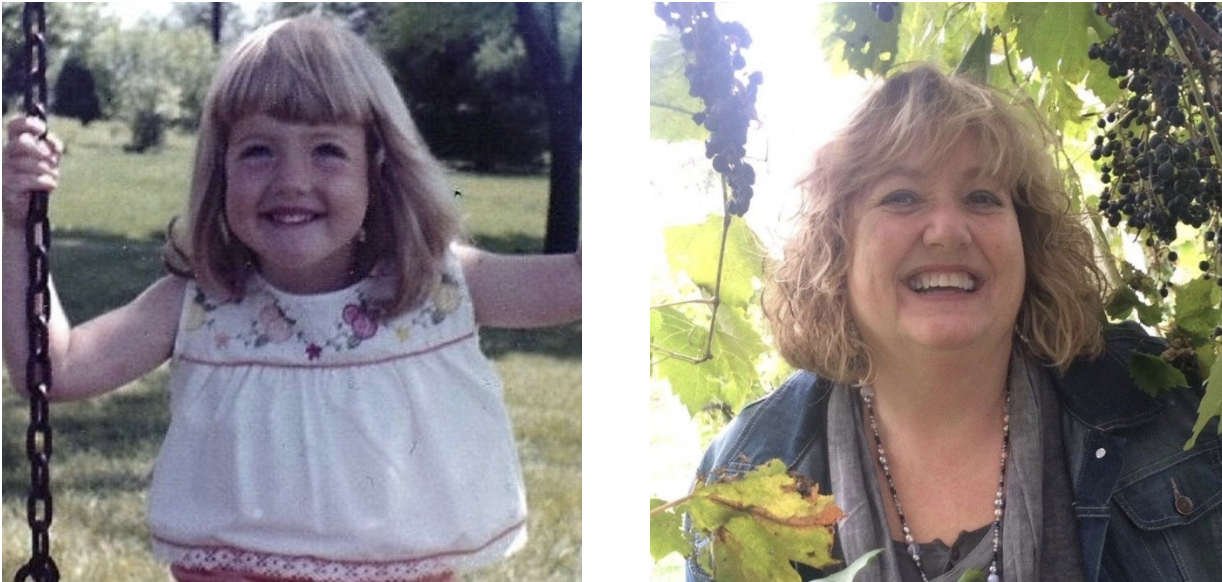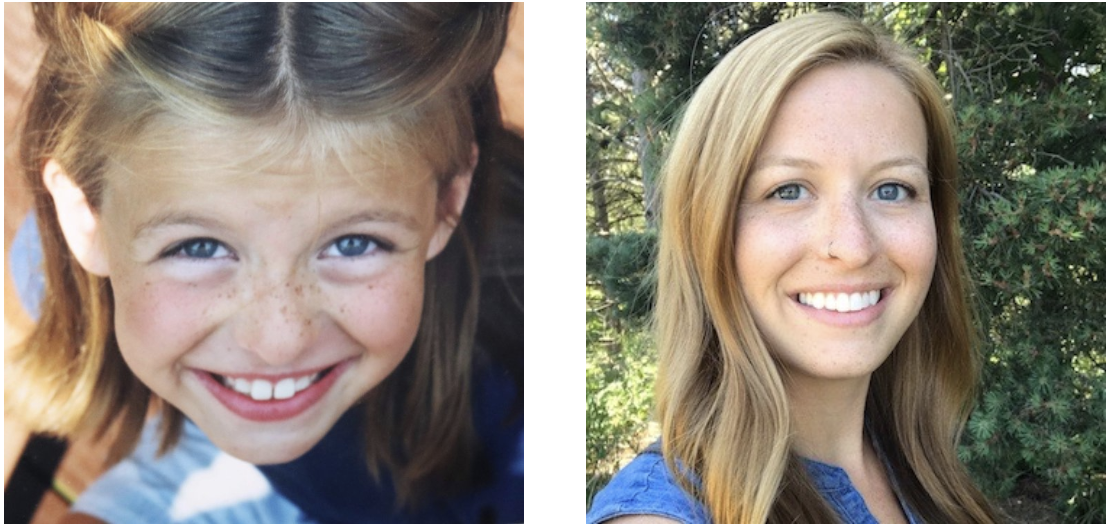Beloved Children Become Believe-ful Adults
How do we decide what is true?
Our believes are born out of our experiences and from evidence that we believe to be true. The reality of our beliefs fall somewhere between obvious fiction and solid empirical proof.
We all have beliefs that seem as though they have been with us for as long as we can remember. All of our experiences shape what we come to believe.
In scripture we read that “faith is the substance of things hoped for and the evidence of things not seen.” There is strong evidence for climate change yet many do not believe it to be true. There is rather weak empirical evidence for God or religion yet many believe wholeheartedly.
We choose our beliefs. We teach our children how to choose their faith. We shaw them ours, but there is so much freedom generated by technology and communication revolution and outside cultural influences. It is not as it was 50 or 60 years ago that the child takes the faith of the parent. Perhaps the kind of faith the parent had is not even possible now for the child because the rapid increase in our varied scientific and cultural influences.
The sharing of our faith/our beliefs with the next generation must occur in an environment of unconditional love and advocacy. Walter Brueggeman says”Young People need someone who is crazy about them. A young person must have a coherent construct of reality, so that all the parts make sense as a whole. That is there is a cognitive, intellectual dimension to faith that needs articulation. The conversation with our young must be persistently interpretive. The act of interpretation need not be excessively didactic, but simply ongoing readiness to help connect the little pieces to a larger context to which the adults community of faith subscribes.”
Our beliefs are like our fingerprints-unique and singular. To share them with the next generation is a way of passing on a bit our our eternity.
Let The Children’s Laughter Remind Us Of How We Used to Be
Both stories by Rabbi Sandy Sasso
Each year during stewardship season we tell the parable of the talents and talk about giving back to God. The children are each given a $10 bill.
Their instructions are to take this money and use it to create more of God's kingdom here on earth or to use it to show God’s love. We talk about this during the children’s sermon for about 4 weeks and then on dedication Sunday the children tell us what they chose to do with their money.
Kids discuss what would be different and the same if kids ran church
Kids discuss their thoughts on Spirituality & Religion
It was fascinating to ask children and youth what would be different or about the same if they were in charge of church. Some children really couldn’t imagine this —others thought it would be a very bad idea. Some relished the idea of changing things up a bit, and had specific suggestions about music and dance and playing games. Some were very sure they did not know enough about God.
What was clear in all their responses is that they did not feel equipped to be the leader of church. A little child shall lead us does not suppose that children will be put in charge and we should get in line and follow. However, their way of being is the standard Jesus holds for us all to follow. Their ideas and behaviors and postures are worth our attention as we craft our time together as a congregation. Their preferences and abilities also might be worth our consideration.
What if We Take Jesus Seriously? - pdf
Connection to You as a Child
We all began our lives as children. That child remain with us our whole life. That child is the part of you who wants to dance and sing and be in the sunshine, explore and try new things. There is a confidence and curiosity that lives within the child that was us. It is important to stay connected to him/her. It is important to take are of that child — play, sleep, meditate, laugh, sing, jump.
It is important to listen to the wisdom of this child. Here are a few ways you can reconnect: Look at a favorite picture of yourself as a child. Really look at it and see where you came from and remind yourself of the strength and beauty of that being. When you need to make a decision spend some time connecting to that child within you and get direction or courage or excitement from them. Look into your own eyes in the mirror and remember your child self-thank him/her for being so brave and smart and hopeful and remember the energy of your youth.
The Other Kingdoms
By Mary Oliver
Consider the other kingdoms.
The trees, for example, with their mellow-sounding titles: oak, aspen, willow.
Or the snow, for which the peoples
of the north have dozens of words to describe its different arrivals.
Or the creatures, with their thick fur,
their shy and wordless gaze.
Their infallible sense of what their lives
are meant to be.
Thus the world grows rich, grows wild,
and you too,
grow rich, grow sweetly wild,
as you too were born to be.
A Bedtime Story
The German poet Rainer Maria Rilke felt that there world and all its joys most truly belonged to the young. He was too embarrassed to talk directly to children so he wrote Stories of God in the style of a magical fairy or folk tale. He thought children would be most able to understand him if he “tired to say something about God”
This book was written during the course of seven consecutive nights, when the author was just 23 years old. This book is not a collection of short stories but it is a series of connected tales or youthful fantasies. He saw then as “transferring God from the sphere of rumor into the realm of direct and daily experiencing.”
Stories of God has never been out of print in Germany and it has been translated into English, French, Spanish, Italian, Dutch, Swedish, Polish, and Czech. I stumbled upon it very late in this project and when I read the story How the Thimble Came to be God, I wept. This story in many ways is the story this website is trying to tell.
The clouds represent the noise of the world — all the chattering that is always present-what country are you from - Then there is one cloud focused on what is really happening. He notices the children and listens in. The children wise beyond their years see that God is being forgotten by their parents — they can’t even find him when they need to. So together they hatch a plan to keep God near them all the time. When God goes missing they come together to search and in the end God is found —
You may listen to its telling or read it. May you find a beautiful thimble today.
Bunge, Marcia J. (2008). The Child in the Bible. Grand Rapids, MI: Wm. B. Eerdmans Publishing Co.
Csinos, David M. (2013). Children's Ministry in the Way of Jesus. Illinois: InterVarsity Press.
Grinenko-Baker, Dorie (2010). Greenhouses of Hope: Congregations Growing Young Leaders Who Will Change the World. Illinois: The Alban Institute.
Stewart, Sonja M. (2000). Following Jesus: More about Young Children and Worship. Kentucky: Geneva Press.
Landy, Ph.D., Robert J (2001). God Lives in Glass: Reflections of God Through the Eyes of Children. SkyLight Paths Publishing
Dawn, Marva J. (1997). Is It A Lost Cause? Having the Heart of God for the Church's Children. Grand Rapids, MI: William B Eerdmans Publishing Company.
Berryman, Jerome W. (2013). The Spiritual Guidance of Children: Montessori, Godly Play, and the Future. Morehouse Publishing.
Stewart, Berryman, Sonja, Jerome (1989). Young Children and Worship. Westminster
John Knox Press.
Fadiman, Levelle, Dorothy, Tony (2008). Producing with Passion: Making Films that
Change the World. California: Michael Wiese Productions.
Fitzgerald, Jon (2012). Filmmaking for Change: Make Films That Transform the World.
California: Michael Wiese Productions.
McFee, Marcia (2016). Think Like a Filmmaker: Sensory-Rich Worship Design for
Unforgettable Messages. California: Trokay Press.



